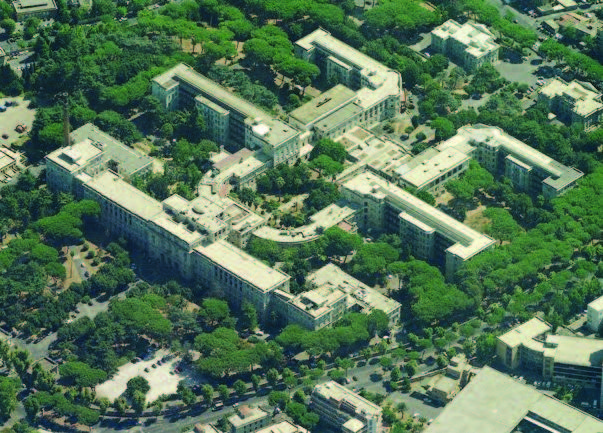Rome was considered by many as the centre of the world. It is no surprise then that the centre of a regional hub and spoke network was also situated in Rome. What may be surprising to find though is that on closer inspection all spokes in our wheel were not as tight as we would wish them to be.

The Lazio region of Italy has a population of almost 6 million, 21% of whom are aged 65 and over. That’s above the average percentage of Europe, (18.9%) which has an obvious impact on the number of stroke patients in the area.
There are 4 main hospitals in the region, each one at the centre of a “hub and spoke” model and each catering for specialist patient needs. Arranged around the central hubs are “spoke” hospitals – smaller facilities that refer to the larger central institution for treatments like mechanical thrombectomy, surgery and stroke unit care.
Some critical issues inside the network meant that it wasn’t operating as efficiently as possible. Communication was patchy and spoke hospitals were in some cases not “stroke ready”. This resulted in acute patients often being accepted at spoke hospitals but not treated, resulting in much longer treatment delays to get to the “hubs” for the standard of care they required.
In one of the four hub hospitals, San Camillo, we realised that to have an efficient stroke network, several key elements are required including: a standardized stroke pathway, well-trained multidisciplinary teams in all hospitals including the spokes, continuous quality monitoring, and collaboration within the network. So, together with the members of our stroke team, we decided to take advantage of the Angels Initiative, which promised to provide targeted support to improve the quality of care.
Lorenza, our determined Angels consultant, organized a multidisciplinary meeting during which we critically reviewed and compared the stroke care pathways in the San Camillo regional hospitals. She helped us identify key issues delaying our stroke patients’ treatment and together we created a “Stroke Time Tracker” - a form for the professionals to note key delays in the stroke pathway. This apparently simple action has helped us adopt this quality-monitoring mindset that has been such a crucial part of our improvement process.

Lorenza is now part of our team as a facilitator for our community, not only organizing meetings but perhaps the most revealing insight from the intervention was the need to make three of San Camillo’s spoke hospitals “stroke ready”. Doing so would have a huge impact on the region’s stroke care outcomes, so Lorenza started a consultancy process in these hospitals. Since then we have identified corrective actions and instigated a programme of education and training.
Also sharing best practice, energizing the network and improving communications. We genuinely believe that sharing ideas and experiences with our wider community will help us achieve even better results in the future.
The good news is that our efforts are paying off and the hub and spokes at the center of the world is getting tighter and tighter with every patient we treat.
Authors:
Dr Luca Casertano,
Director of Healthcare Organization Unit,
San Camillo Area
Antonella Urso,
Professional Nurse Healthcare Organization Unit


